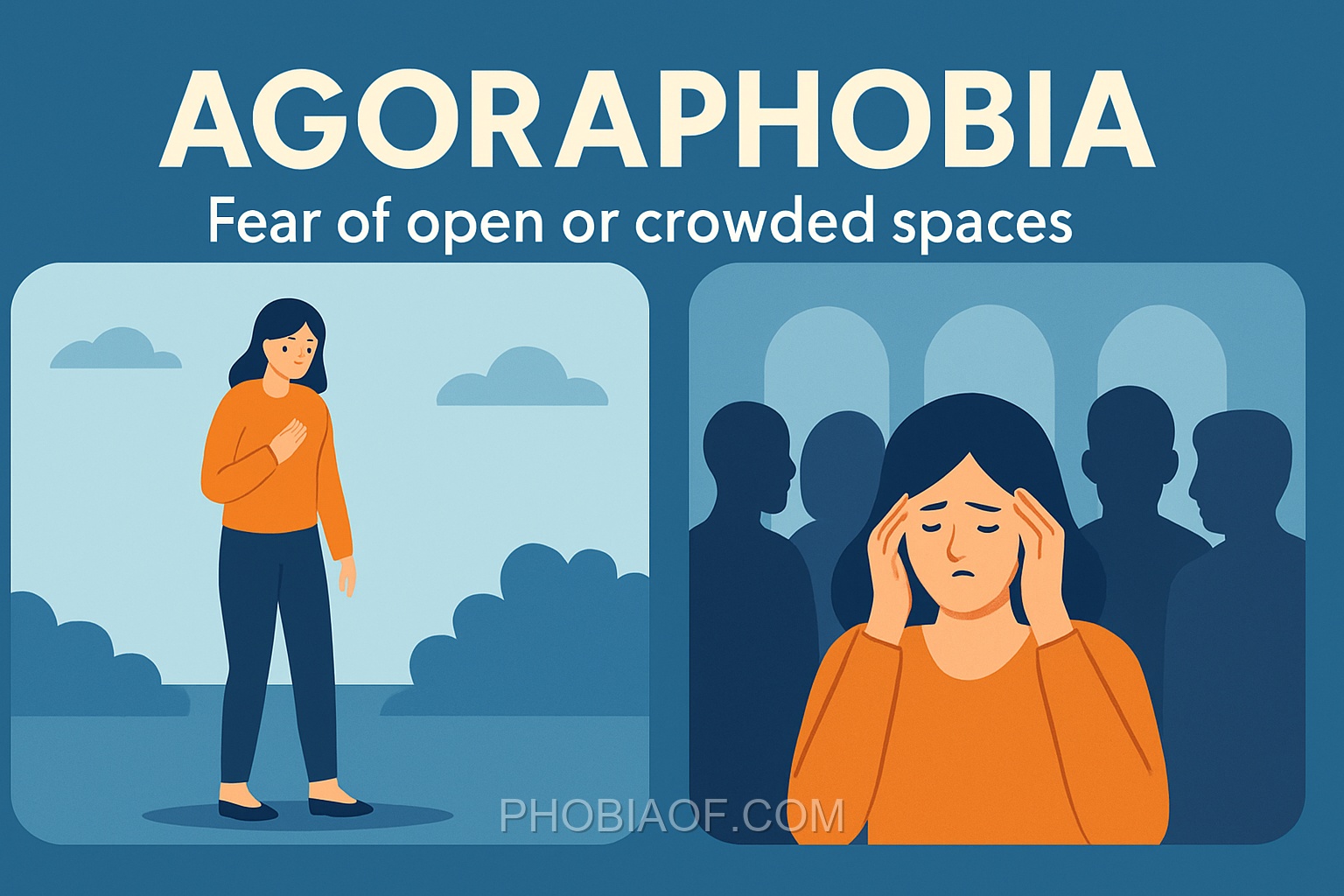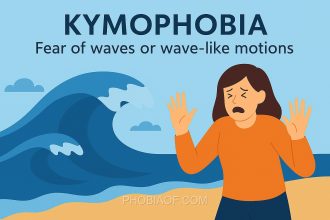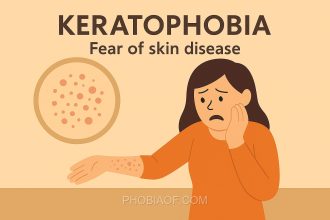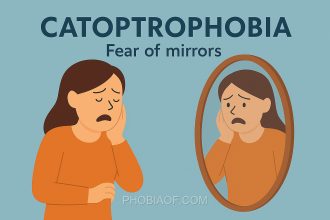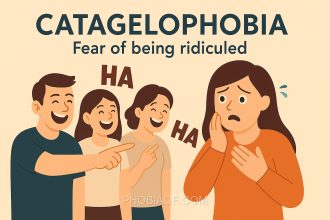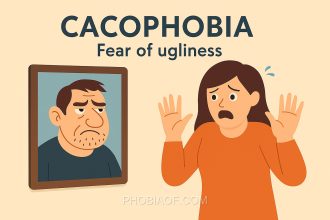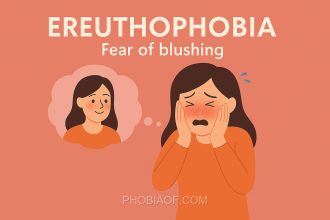Have you ever felt uneasy in a crowded mall or an open plaza? For some, this discomfort is more than just a passing feeling—it’s a persistent fear known as Agoraphobia.
Agoraphobia is an anxiety disorder characterized by an intense fear of situations where escape might be difficult or help unavailable if things go wrong. The term comes from the Greek words “agora,” meaning “marketplace,” and “phobos,” meaning “fear.” While it’s often associated with open or crowded spaces, it can also involve fear of any place or situation that might cause panic, embarrassment, or helplessness.
In everyday life, agoraphobia can significantly restrict a person’s activities. It might lead someone to avoid public places, such as shopping centers, public transportation, or even standing in a long line. This avoidance can make daily tasks challenging and may cause individuals to become isolated or dependent on others to accompany them in public spaces.
Agoraphobia affects each person differently, but it commonly involves symptoms like rapid heartbeat, dizziness, or a sense of impending doom when faced with triggering situations. Understanding and compassion are crucial, as those experiencing agoraphobia often face both the internal struggle of anxiety and the external challenge of navigating a world that seems daunting.
Causes of Agoraphobia
Agoraphobia is a complex anxiety disorder characterized by an intense fear of being in situations where escape might be difficult, or help might not be available. Understanding its causes can help in managing and treating this condition. Here are some potential causes:
- Genetic Predisposition:
Research suggests that genetics can play a significant role in the development of agoraphobia. If a close family member has an anxiety disorder, there is an increased risk of developing agoraphobia.
- Traumatic Experiences:
Traumatic events, such as being a victim of assault or experiencing a natural disaster, can lead to the development of agoraphobia. These experiences can create a lasting impact, making individuals fearful of situations that remind them of the trauma.
- Learned Behavior:
Observing others who display fear in certain situations can lead to learned behavior. If someone close frequently exhibits fear of open spaces or crowded places, one might adopt similar fears.
- Psychological Factors:
Underlying mental health conditions, such as panic disorder, can contribute to agoraphobia. The fear of having a panic attack in public may cause individuals to avoid places where they feel unsafe.
- Environmental Influences:
Growing up in an environment where safety is a constant concern can increase the likelihood of developing agoraphobia. This environment can shape an individual’s perception of the world as being unsafe.
Some interesting theories suggest that agoraphobia may have evolved as a survival mechanism, where avoiding open spaces helped our ancestors stay safe from predators. While not all theories are universally accepted, they offer intriguing perspectives on why this phobia might exist.
Symptoms of Agoraphobia
Agoraphobia often manifests as an intense fear or anxiety about situations where escape might be difficult, or help might not be available, especially in public or crowded spaces. Recognizing the symptoms is crucial for managing this condition effectively. Below are some common symptoms associated with agoraphobia:
- Panic Attacks: Experiencing sudden episodes of intense fear that trigger physical responses like a racing heart, even when there is no real danger.
- Rapid Heartbeat: Feeling your heart pounding or racing in situations perceived as threatening.
- Sweating: Excessive sweating triggered by fear or anxiety related to specific situations.
- Difficulty Breathing: Experiencing shortness of breath or feeling like you are choking.
- Dizziness or Lightheadedness: Feeling unsteady or faint in feared situations.
- Avoidance Behavior: Actively avoiding places or situations that might trigger anxiety or panic attacks, such as public transport, open spaces, or crowded areas.
- Overwhelming Dread: A persistent feeling of fear or dread about future situations where escape might be difficult.
- Feeling Trapped: Experiencing a sensation of being trapped or unable to leave a situation or place.
- Dependence on Others: Relying heavily on companions to face situations that provoke anxiety.
When agoraphobia is severe, these symptoms can significantly interfere with daily life, potentially leading to a restricted lifestyle and impacting personal and professional relationships.
Treatment for Fear of Open or Crowded Spaces
Agoraphobia, the fear of open or crowded spaces, can feel overwhelming and limiting. However, it’s important to know that this phobia can be effectively treated and managed over time. With the right approach, you can regain control of your life and enjoy activities that may currently feel daunting. Let’s explore some proven treatment options and coping strategies.
Proven Therapies
- Exposure Therapy: This therapy involves gradually facing the feared situations in a controlled and systematic way. By slowly exposing yourself to the environments you fear, you can decrease your anxiety response over time.
- Cognitive-Behavioral Therapy (CBT): CBT helps you identify and change negative thought patterns that contribute to your fear. By reshaping these thoughts, you can reduce feelings of anxiety and develop healthier mental habits.
- Counseling: Talking with a mental health professional can provide support and guidance. Counseling offers a safe space to explore your fears and develop strategies to cope with them.
Self-Help Coping Techniques
- Relaxation Exercises: Techniques such as deep breathing, progressive muscle relaxation, or guided imagery can help calm your mind and reduce anxiety.
- Meditation: Practicing mindfulness meditation can increase your awareness of the present moment, helping to alleviate anxiety and promote a sense of calm.
- Support Groups: Joining a group of individuals facing similar challenges can provide comfort and encouragement. Sharing experiences and coping strategies can be incredibly empowering.
Medication
In some cases, medication may be prescribed to help manage severe symptoms of agoraphobia. Anti-anxiety medications or antidepressants can be beneficial, but they are often most effective when combined with therapy and coping skills. It’s important to discuss all options with a healthcare professional to determine the best course of action for your individual needs.
Remember, seeking professional help is a courageous and important step if agoraphobia is interfering with your daily life. With the right support and strategies, you can overcome this phobia and experience life more fully.
Take the first step today by reaching out to a mental health professional. You are not alone, and help is available.
Conclusion
Understanding agoraphobia, including its causes and symptoms, is a crucial step in empowering oneself to address this often debilitating condition. By recognizing the triggers and manifestations of the fear of open or crowded spaces, individuals can begin to take informed steps towards managing or overcoming their phobia. Awareness is a powerful tool, and with it, comes the ability to seek out appropriate strategies and interventions.
It is important to remember that many people successfully overcome or manage their phobias with time and the right support. Whether through therapy, medication, or self-help strategies, there are numerous pathways to improvement. If you or someone you know is struggling with agoraphobia, consider reaching out to a mental health professional or talking to a doctor for guidance. There is hope and help available, and taking the first step can lead to a life where agoraphobia no longer dictates your choices.
Remember: You are not alone, and with the right resources and support, it is possible to regain control and live a fulfilling life. Embrace the journey towards understanding and healing, and know that each step forward is a victory in itself.
